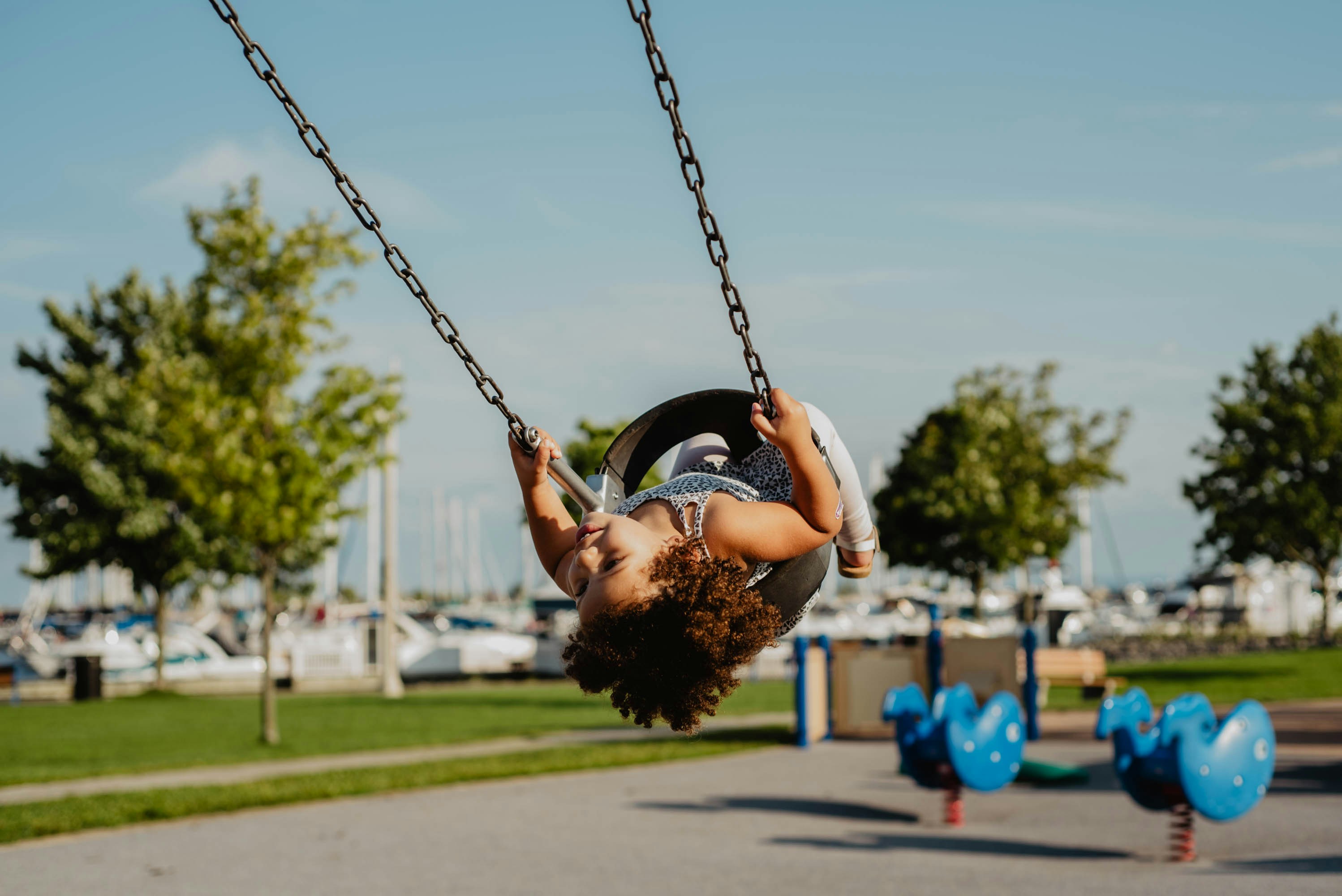Movement: The Foundation of Development and Learning
Ko te nekehanga te tūāpapa o te ako me te whanaketanga
A simple but powerful truth is that movement is learning. Long before a child utters their first word or picks up a pencil, they are learning about the world through their tinana (body). Rolling, reaching, crawling, climbing—these movements are not just achievements along the way; they are messages, experiences, and essential building blocks for development.

Movement as a Developmental Pathway
From the moment a pepi begins to wiggle in response to a parent’s voice or turns toward a familiar sound, movement becomes their first language. It is through movement that babies learn cause and effect, develop body awareness, and begin to build trust in their environment.
As development progresses, movement patterns continue to lay the groundwork for a child’s ability to:
- Regulate their emotions and attention
- Understand spatial relationships
- Use their bodies to seek social and emotional connection with a caregiver
- Coordinate their senses with their body (like tracking a moving object or balancing while walking)
- Develop fine motor skills necessary for tasks like writing, dressing, or using cutlery
- Build internal skills like organisation, planning, and sequencing
When movement is supported and celebrated, we give children access to a deeper, more embodied understanding of themselves and the world around them. As Māori whakataukī (proverbs) often remind us, “Nāu te rourou, nāku te rourou, ka ora ai te iwi” — with your food basket and my food basket, the people will thrive. In the same way, when we bring together movement, sensory support, and emotional connection, our tamariki thrive.

The Vestibular System: Our Internal Compass
One of the essential systems in development is the vestibular system. Located in the inner ear, the vestibular system helps us process movement and balance. It tells us where our body is in space, whether we’re moving or still, and how to adjust our posture and gaze accordingly.
The vestibular system plays a crucial role in:
- Muscle tone regulation (helping your body feel “just right” – not floppy, not stiff)
- Postural control and coordination
- Balance and spatial awareness
- Calm alertness – the ability to attend and engage with the world
- Self-regulation, including emotional and behavioural responses
When the vestibular system is under- or over-responsive, children might seem constantly on the move, overly cautious, uncoordinated, or easily dysregulated. These aren’t signs of misbehaviour—they’re cues that a child’s nervous system is working hard to find balance.
Through carefully selected movement activities and sensory experiences, we can help nourish and support vestibular processing, helping children feel more grounded, focused, and in control.

From Regulation to Organisation
Movement also supports the development of executive functioning skills—those vital brain functions that help with memory, planning, organising, shifting attention, and controlling impulses. These skills don’t develop in isolation. They are deeply connected to how a child experiences and moves through the world.
For example:
- A child who struggles with core stability may also struggle to sit still and attend in class.
- A child with poor vestibular processing may find it hard to follow multi-step instructions or organise their body to complete tasks.
- A child with difficulties in muscle tone regulation may fatigue quickly or appear disengaged, not because of disinterest, but because the effort is simply too great.
By supporting the physical foundations of learning—including movement, tone, balance, and sensory processing—we can help unlock the cognitive and emotional capacities that allow children to thrive. This aligns with the Māori concept of whakapapa—the understanding that all things are interconnected. By addressing the physical, we also nourish the emotional, social, and cognitive dimensions of our tamariki.

A Neuro-Affirming Approach to Movement
At PerVigeō, we respect the unique wiring of every child’s brain and body. Movement looks different for every child, and differences in motor development are not deficits—they are insights. They help us understand how a child experiences and engages with their environment.
For some children, movement might be big, bold, and constant. For others, it may be cautious, delayed, or subtle. We partner with families to investigate this with curiosity and compassion, seeking to understand how each child uses movement to communicate, regulate, and grow. We value the principle of manaakitanga—nurturing the mana of each child and their whānau with compassion and respect. This is the heart of what we do.
Creating Opportunities for Movement-Based Learning
Supporting movement in development doesn’t require specialised equipment or rigid routines. It starts with offering children the chance to move in meaningful, joyful, and purposeful ways. This might look like:
- Time for free play and exploration indoors and outdoors
- Engaging in movement-rich activities like dancing, swinging, climbing, or swimming
- Providing sensory experiences that support coordination, regulation, and body awareness
- Offering calm, supportive environments where children can move at their own pace and rhythm
Our multidisciplinary team—spanning occupational therapy, speech therapy, psychology, physiotherapy, and more—works collaboratively to understand each child’s unique sensory-motor profile. From this understanding, we design a plan that is grounded in a deep appreciation for how movement shapes every other area of development.

Supporting Families on the Journey
We know that many families come to us feeling overwhelmed, uncertain, or even discouraged by the challenges their child is facing. We want you to know: you are not alone. Movement challenges are not failures. They are invitations—opportunities to discover new strengths, to slow down and see the world through your child’s eyes, and to find new ways to connect and grow together. We are deeply committed to supporting your child as a whole: their wairua (spirit), hinengaro (mind), tinana (body), and whānau (family).
With the right support, every child can develop a strong foundation for learning and living. And every family deserves to feel seen, heard, and empowered along the way.

